I recently saw a short video of a man walking around his city wearing clothing from the 1920s—his influence, the popular modern tv series, Peaky Blinders. Men and women alike stopped in their tracks to watch him as he strolled on by—you could tell he felt their gaze, he seemed to like the attention, but most importantly, he felt the clothes on his back; they gave his energy some meaning, and perhaps even felt the simple pleasure to just be alive.
It got me to thinking about what we wear in in this day and age. Personally, I’ve always been drawn to the fashion of the early-mid 20th century. Since I was a teenager, I would seek out antique clothes and hats—always longing for such beautiful garments to be made in the here and now and for them to be in fashion so I could wear them without feeling embarrassed. But alas, I like any other teenager, had trouble expressing myself and fell somewhere in between wanting to wear the fringe clothes I liked and what was considered acceptable by greater society. It wasn’t until I saw the movie “The Dig” a few years back that I started to sort of reconsider what I was wearing. I quite liked the simplicity of the garments in the film, as they were linen, wool and so on. The men and women in the movie were well-dressed and had a casual feel to them. This was the type of style I had been looking for all these years. I’ll be honest, dressing to the nines every single day would weigh on me quite a bit. I’m a simple person who likes to play, step in the mud, splash in a puddle—you know kid sorts of things, ha!
So began my journey to discover these noble textiles of days gone by and see what all the rage was about. I was surprised to read the tags of the clothes and find out that pretty much no linen is produced in the US—most of the linens we see today come from India, Asia or parts of Europe. And during my quest for natural fibers, I came across Leviticus 19.
Leviticus 19:19
“‘Keep my decrees.
‘Do not mate different kinds of animals.’
‘Do not plant your field with two kinds of seed.’
‘Do not wear clothing woven of two kinds of material.’
Who would have ever thought that God provided context and guidance on fabrics and how to wear them? It all began to make sense whenever I realized fabrics emit frequencies and the Bible, being the guide book for life that it is, gives us so many clues on what is best for us should we choose to heed its advice. It also makes it easy, since wool is for winter and linen for summer, but the point is still to be made because fabrics are living breathing things in their own right.
Natural fibers like linen, hemp, organic cotton, and wool are considered high-frequency fabrics that promote a sense of balance and energy. While synthetic fabrics like polyester, nylon, rayon and so on are often associated with lower frequencies and tend to disrupt the body's natural energy flow. The overall take away is that what you wear is important not only to how you might look or feel because you are dressed ‘nice’, but it sincerely has an physiological effect on your body’s overall well-being.
Linen is the most ancient of fabrics, with a rich and romantic heritage. Its widely accepted birth as a textile was in Egypt some 10,000 years ago but there is evidence found in pre-historic caves in Georgia that suggests it might have been used as a textile some 36,000 years ago.
The more I sought out these natural fibers, I began to ask myself How did linen and wool ever fall off the fashion radar to begin with? It’s all kind of strange and backwards and really doesn’t make much sense to me. How could wool, such a prized fabric from the past, be in such low demand that the farmers these days can’t even seem to give it away? On a side note, there’s these old stories here in Oregon where the sheep took over pretty much all the public lands and farmers and ranchers had to stave them off of their property to ensure their cattle had enough to graze, wild—(this is also the reason why John Muir talked Theodore Roosevelt into declaring Yosemite a national park). I know sheep can be heavy eaters and need their space, but if you keep them contained and in check, they provide a renewable resource that can provide essential warmth by ways of their humble coat. When it comes to linen, I came to find that we used to produce linen here in the PNW. The knowledge and resources all seem to be right there for the taking, we just need to seize it and start manufacturing these goods and essentials here stateside.
To be totally honest, I love to see people happy and healthy and I think that what we wear really does affect us on levels we cannot even begin to understand. There seems to be so much that we don’t know about the world around us and what little we do seem to think we know doesn’t even scratch the surface. Somehow the past generations figured a lot of this out, and I can see the same thing happening slowly but surely today. People are starting to find themselves drawn to the clothing of the past, whether it be conscious or sub-conscious, it really doesn’t matter. What matters is that it’s a step in the right direction to help us all live better lives. We’ll look better, we’ll feel better, I’d even venture to say we’ll think better. It always begins with small steps and with a little investigation, maybe we’ll see women dressing like Audrey Hepburn or Marylin Monroe in her black turtle necks, scarves, linen pants and long dresses. Maybe more men will follow the lead of the fella from the video and be inspired to investigate their clothing choices and maybe we’ll wake up one day to see men in tweed suits, ties, vests and hats again.
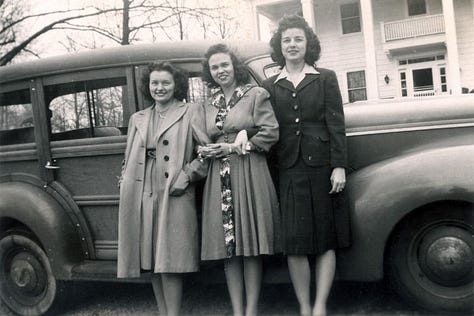
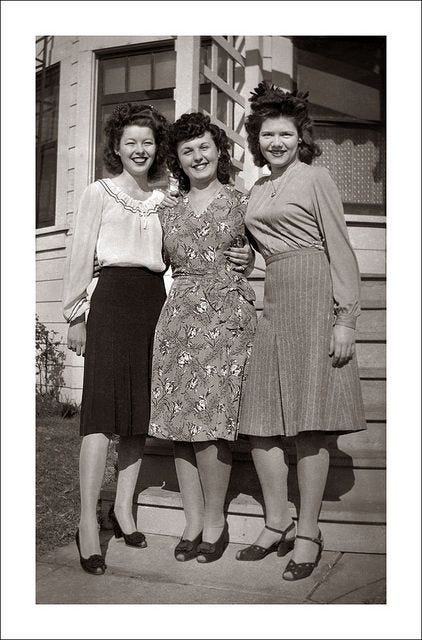
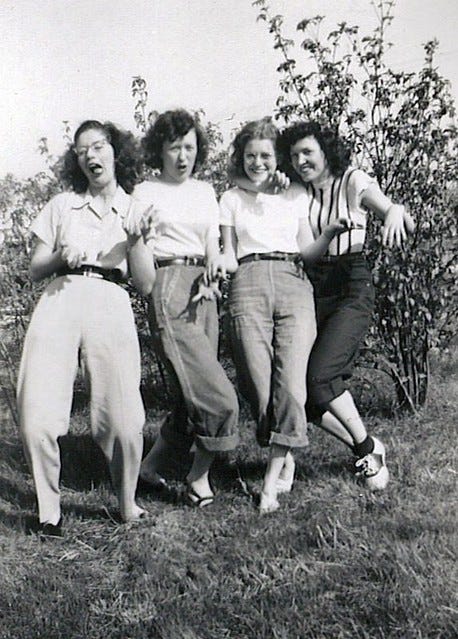

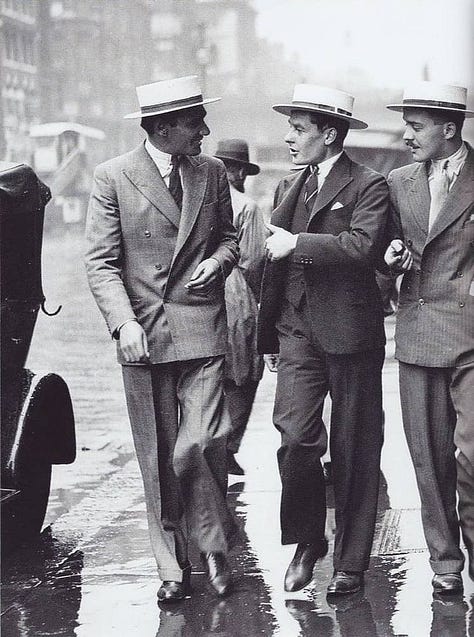
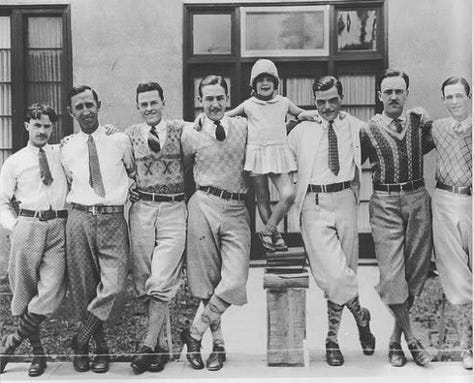
I always get excited thinking about what the future holds for mankind. I’m excited to see those fundamental teachings of the Bible meet ordinary people where they’re at in their lives. It truly is an exciting time to be alive to witness the return to what truly moves us—beauty. I’m looking forward to living in a world where we take pride in what we create, what we build, what we share with others and that means rethinking the smallest of details to the largest of them all.
Until next time, Godspeed,
-Amy


